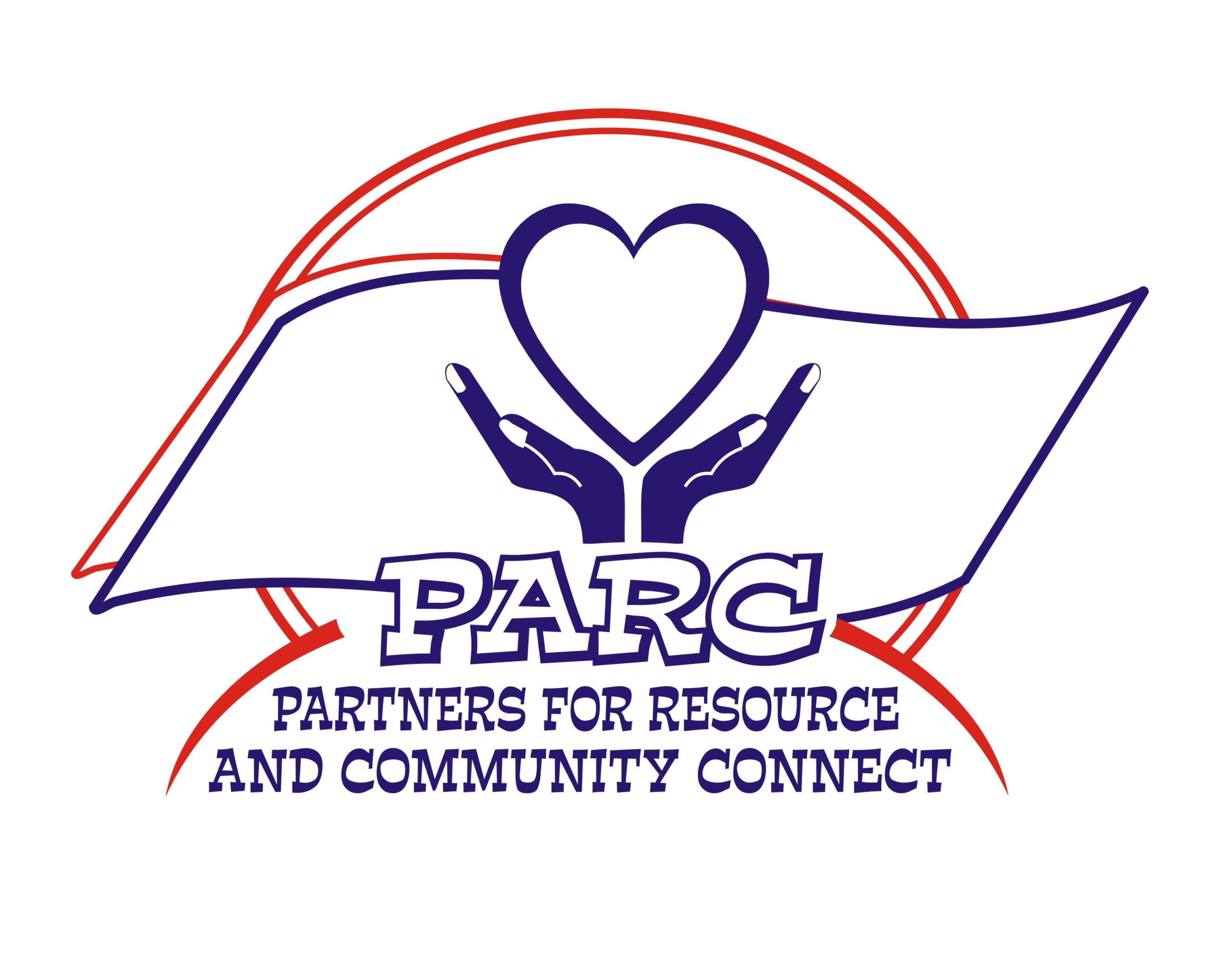Why we exist
HIGH POPULATION AND CHILD BURDEN
52% of Ugandans are below 15 years. This not only entrenches Uganda into a vicious circle of poverty, but increases the number of vulnerable children and the demand for social services (health and education), which are not capable of keeping pace with the economic growth.
Political Instabilities and Refugee Influx
Uganda has rebounded from civil war and economic instability to become nowadays relatively peaceful. Nonetheless, the effects on its society still resonate as people were abducted, raped, killed, and lost their properties. Moreover, due to the violence perpetrates in South Sudan, DR Congo, and CAR, Uganda is the second largest refugee-host.
THE IMPACT OF HIV/AIDS EPIDEMIC
Uganda has faced 2 million deaths due to the HIV epidemic and currently, there are still 1.2 million Ugandans living with HIV and AIDS. This not only affects the living conditions of people but also the trend of the development of the entire system as the mortality rates are largely attributed to AIDS/HIV.
POVERTY
Nearly 25% (a quarter) of the Ugandan population lives below the poverty line – on less than 2 US Dollars. The rapidly growing population is putting an increasing strain on already limited resources that are far from reach for many Ugandans and refugees. Most people live in inadequate and overcrowded dwellings, mostly without clean water, electricity, and proper sanitation. With families living on less than 2 US Dollars per day, their inability to build savings translates into inability to invest!
POOR HEALTH AND FOOD INSECURITY
21 million Ugandans lack access to safe water and 28 million lack access to improved sanitation facilities. This increases sanitary infections and reduces productivity – with families spending a high percentage of their income on treatments, it limits their opportunities to save and break poverty cycles.
While Uganda produces more food than it consumes, families can not afford nutritious food due to poverty and the refugee situation poses further challenges to Uganda’s ability to reach SDG 2 (Zero Hunger).
MODERN SLAVERY
Modern slavery is found in forced labor, human trafficking, sexual exploitation, debt bondage, and forced marriage. A growing economic disparity and unemployment made the society vulnerable to crimes, which manifest mostly in human trafficking by recurring threats and violence. Minors are the most vulnerable as they are requests for child labor, sex trafficking, and forced marriage.
